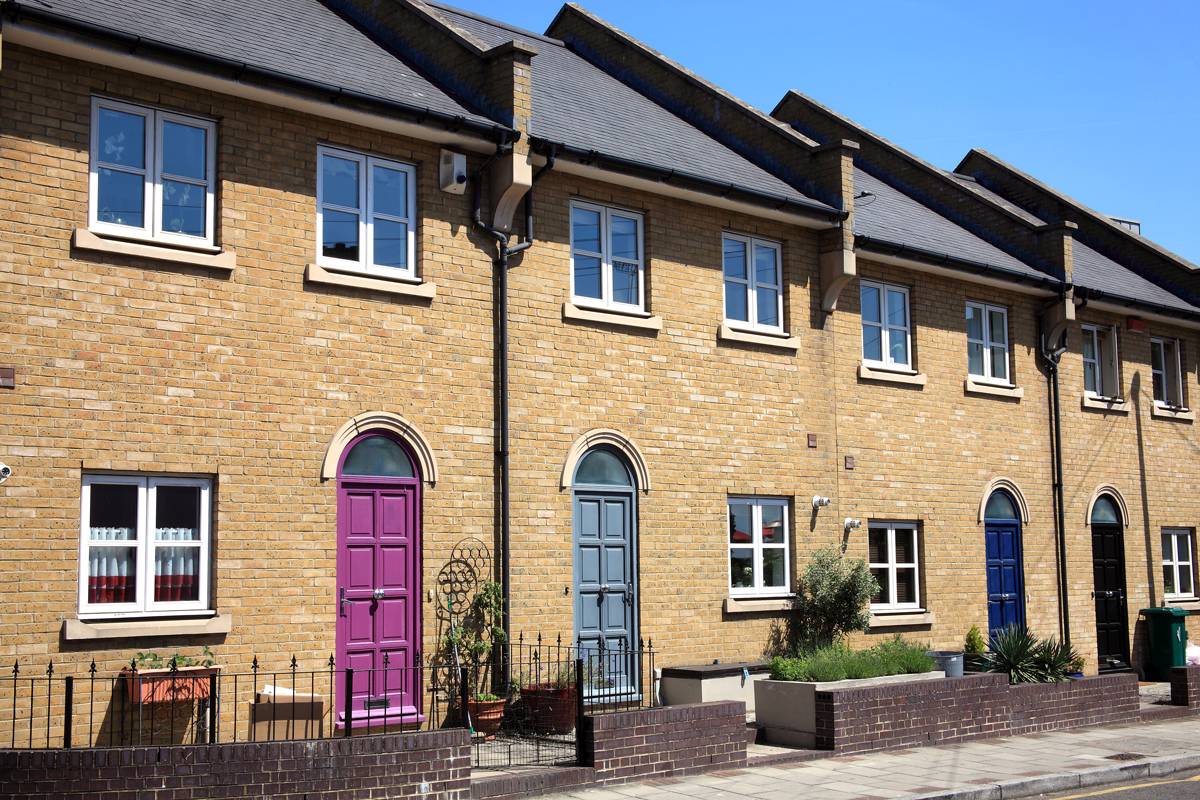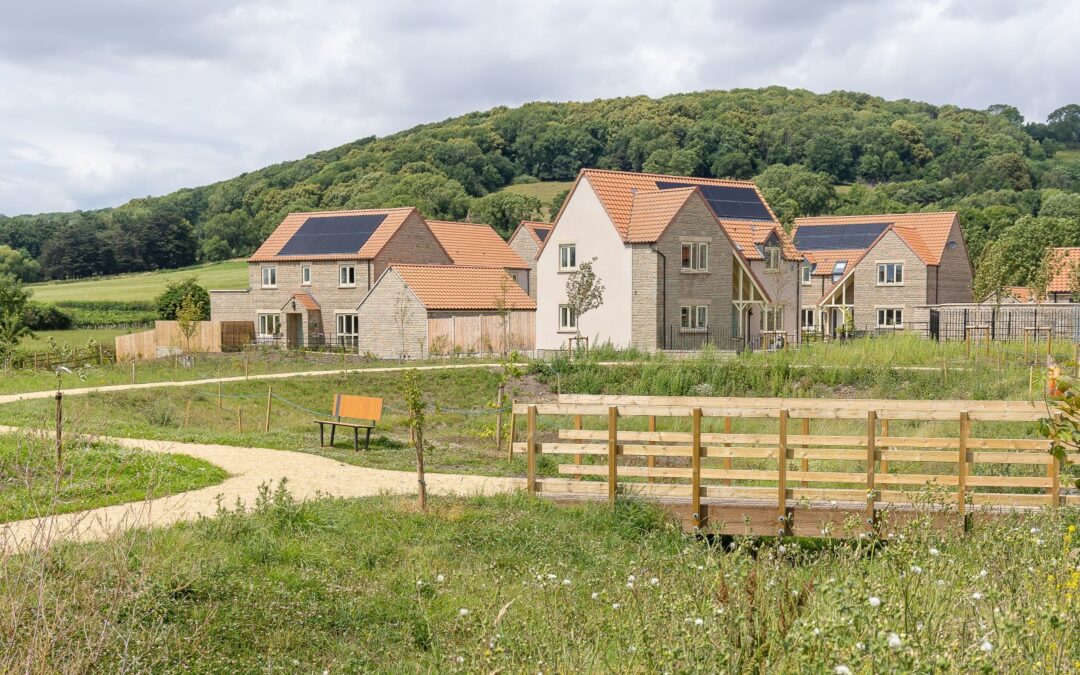Few things divide opinion among homeowners as much as new-build properties. OnTheMarket.com examines the pros and cons.
For some, new-builds are the antithesis of period properties that embody British architecture at its finest, from Regency terraces to thatched cottages.
For others, they represent 21st-century living at its very best, with light, airy rooms, modern gadgets and energy-saving gizmos.
“Most people tend to lean heavily towards new-builds or period properties,” says Mark Wood of Carter Jonas in Cambridge. “They are either drawn towards properties of character or they prefer the convenience of modernity. There is not much meeting of minds – although I would say that those favouring new-builds are steadily increasing in number.”
Aesthetics aside, the pros and cons of buying new-build properties are quite finely balanced. Here, the pros and cons will help to highlight key issues in the old v new debate.
Benefits
– Thanks to initiatives such as the government’s Help to Buy scheme it is much easier, particularly for first-time buyers, to get funding for new-builds.
– With most new-builds, it is possible for the buyer to work with the builder to customise a property and choose bathroom fittings, kitchen appliances etc. As the first owner of a property, you can stamp your mark on it from day one. You do not have to live with the design choices from previous owners.
– Most new-builds also come with a guarantee from the builder. If a property is registered with the National House Building Council, it will have a 10 year warranty and protection scheme. This will help to reduce maintenance costs.
– New-builds can be more energy-efficient than older properties, often with better loft insulation etc.
– New-builds are generally laid out in such a way to reflect the realities of modern family life, with a large open-plan kitchen-cum-dining-room-cum-living area. This often supersedes the separate spaces favoured in older properties.
– If you buy off-plan, which you will normally be able to do at a discount, a new-build may prove to be a good investment.
Points to consider
– Some new-builds can be less spacious inside than older homes, with slightly lower ceilings and storage space, which you will need to use efficiently or risk being overwhelmed with clutter.
– As land is at such a premium, new-build properties may be closely bunched, and have smaller gardens, than, say, Edwardian bungalows. “You very rarely find new-builds with big gardens,” adds Mark Wood of Carter Jonas in Cambridge. “That said, people who typically buy new-builds would rather be out and about, than gardening.”
– Like new cars, which depreciate in value after a few hundred miles, brand new homes are not brand new for ever. If you have to sell a new-build after 12 or 24 months, try to make sure you cover your costs when moving on.
– While the best new-builds are superb, it is worth having a ‘snagging survey’ carried out before buying a new-build to avoid any surprises in the future.
– The anticipated completion date of a new-build property can be prone to slip. This need not be a problem, but too long a delay can put a mortgage offer in jeopardy.
– It’s worth noting that many new homes developers invest in and re-develop period properties, often into blocks of flats, so there are plenty of instances where a homeowner can benefit from the best of both worlds.
This is not a debate in which there will ever be a clear winner. But it’s best to have an open mind on the subject and not miss out on new or old properties when they come on the market.






